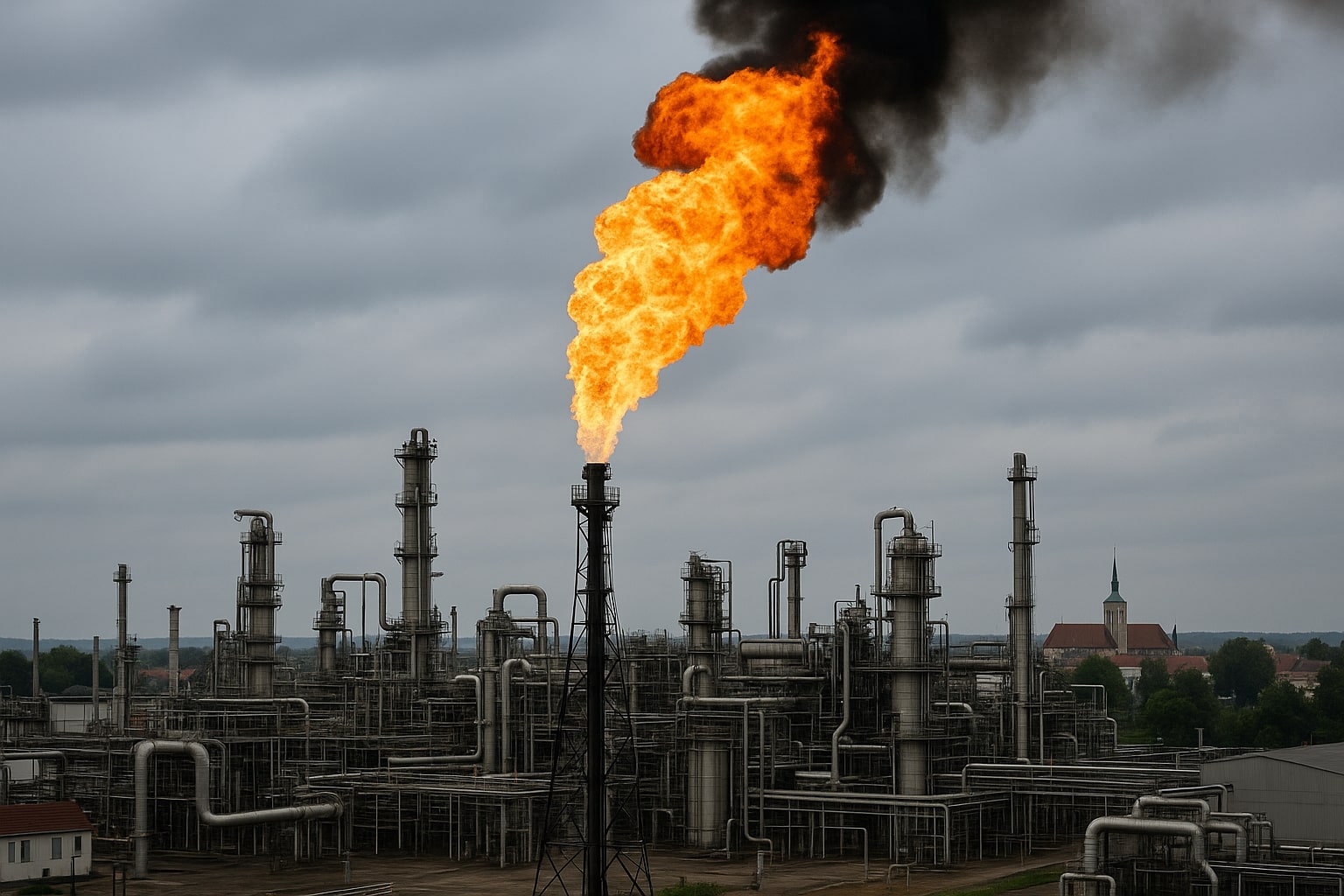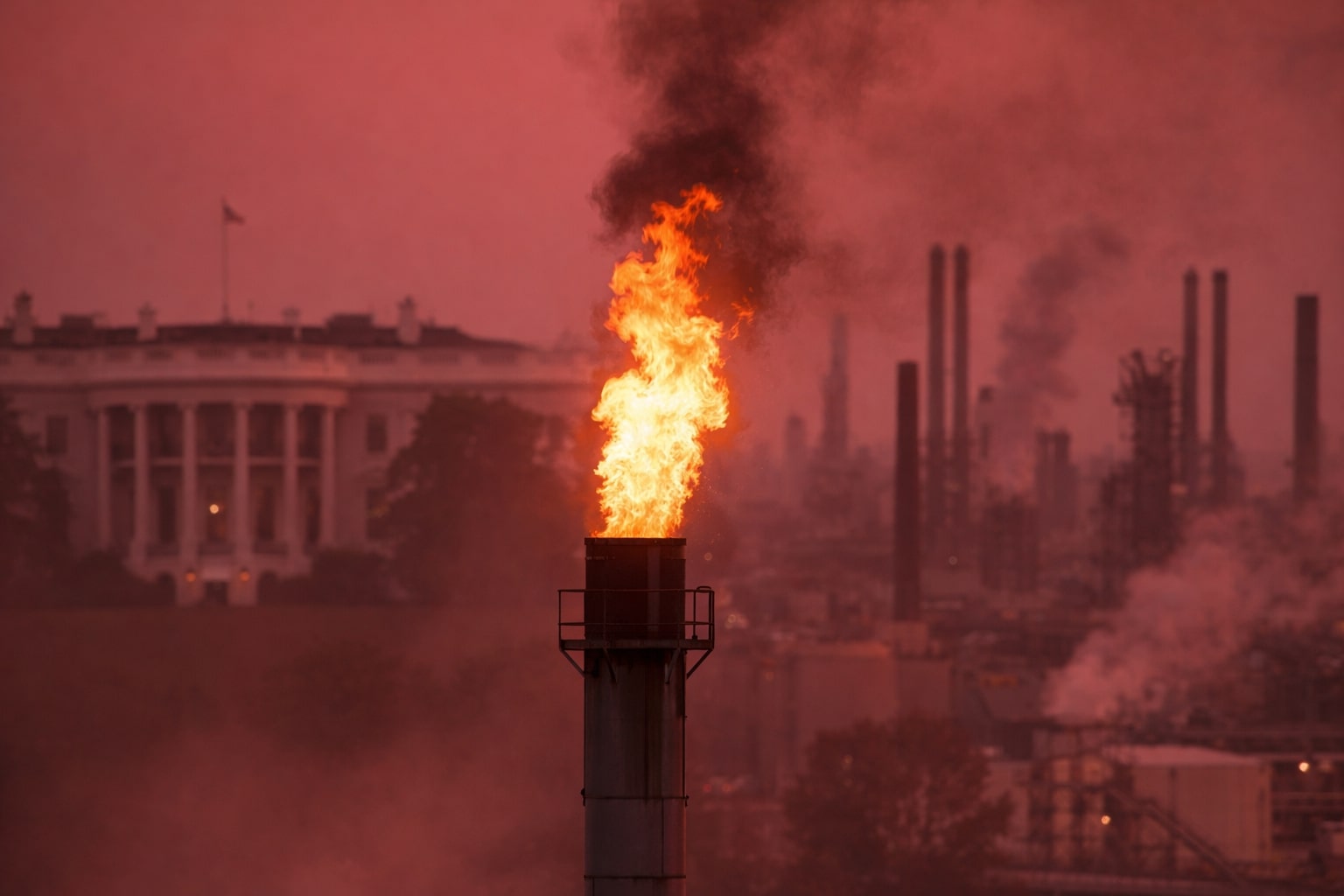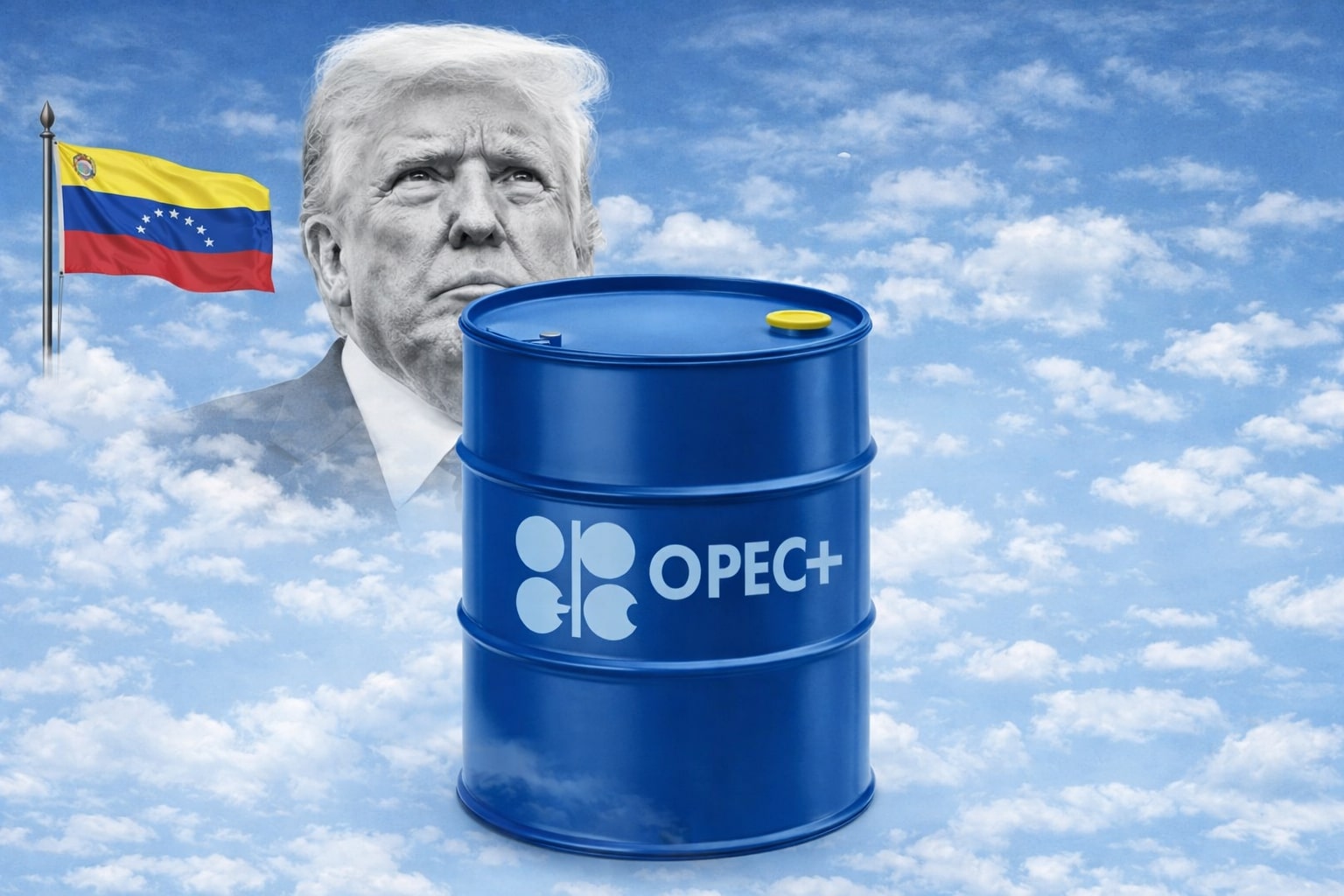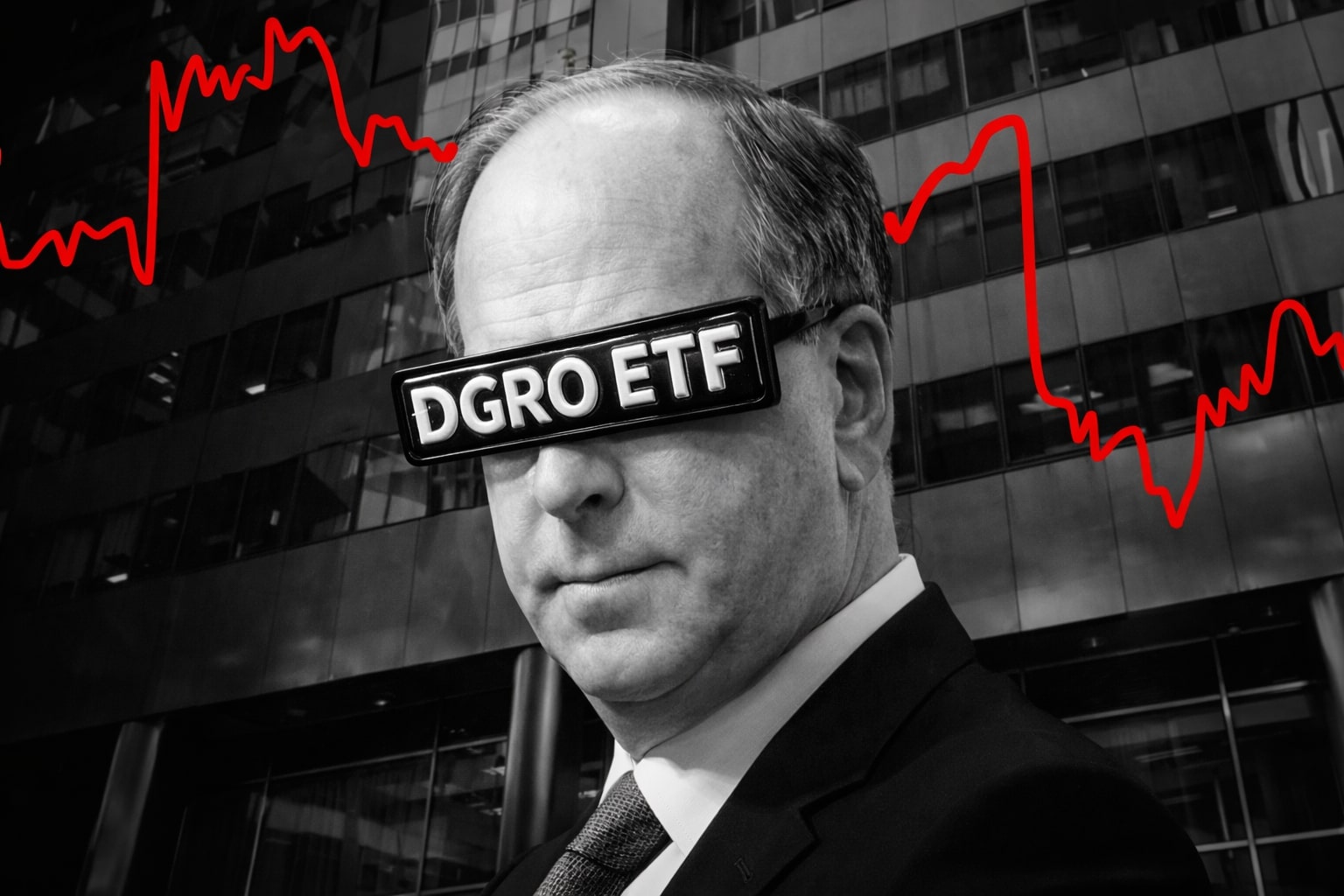
Natural Gas Price Struggles at Key Resistance: Can NG=F Break the $3.90 Barrier?
Will NG=F break the $3.90 resistance level, or are we looking at a bearish continuation toward lower support levels? | That's TradingNEWS
Natural Gas Price Outlook: Bearish Pressure with Support at Key Levels
Natural gas prices have been struggling recently, with several market factors contributing to the sideways action that has dominated the sector for some time. As of now, NG=F (Natural Gas Futures) is experiencing a noticeable downward trend, with prices currently hovering just above the $3.60 mark. Despite some short-term volatility, the outlook remains uncertain, largely due to shifting demand patterns and technical resistance levels that are proving difficult for the market to break.
Technical Resistance at $3.90 and $3.80: Is Bearish Pressure Building?
Natural gas futures have been caught in a narrow trading range, with the $3.80 level proving to be a significant barrier. This level, which had previously acted as support, is now posing as resistance after a short-term rally failed to hold above it. The 50-day Exponential Moving Average (EMA), located near the $3.90 mark, continues to play a pivotal role in price action, acting as the upper boundary that traders are watching closely. If natural gas fails to break above these levels, it could signal further downside pressure.
The bearish sentiment is also highlighted by recent technical analysis, showing a drop to a three-day low of $3.57. As the market struggles to maintain bullish momentum, resistance at key levels is continuing to weigh down on the price. As of the latest data, the price of NG=F sits at $3.65 per MMBtu, down from earlier highs of $3.84. The question for traders now is whether natural gas can hold the critical support at $3.47, where the 38.2% Fibonacci retracement level resides, or whether a deeper correction is imminent.
US LNG Demand and Cooling Weather: Mixed Fundamentals Affect Prices
On the supply side, U.S. natural gas production has continued to meet domestic demand, with the latest reports indicating production levels at 104.6 billion cubic feet per day (Bcf/day), a 3.3% increase year-on-year. While this is positive, the key issue for natural gas prices remains demand, which has been subdued due to a combination of mild weather conditions and weaker-than-expected cooling needs across much of the U.S.
The summer months, however, may offer some hope for a price rebound as power generation demand is expected to rise with higher temperatures, particularly in the Southeast and Texas regions. The cooling trend, as reported by NatGasWeather, has not been significant enough to support a sustained bullish trend in the near term, but with the summer season approaching, there could be a spike in consumption that supports prices above the $3.50 level.
Rising Storage Levels and Global LNG Trade Impacting Natural Gas
Despite some initial support from LNG exports, the ongoing rise in U.S. natural gas storage is providing downward pressure on prices. According to the EIA report, natural gas inventories rose by 104 Bcf for the week ending May 2, bringing total storage levels to 2.145 trillion cubic feet (Tcf), 1.4% above the five-year average. This increase in storage is a reflection of weaker demand due to the off-peak season, yet it could indicate that market participants are not overly concerned about immediate supply disruptions.
On a global scale, U.S. natural gas exports have been a contributing factor to supporting demand, particularly as European nations continue to rely on U.S. LNG shipments to supplement their energy needs. However, Europe’s gas storage as of May 11 remains 43% full, well below the five-year average of 53%, signaling a need for continued imports to meet winter demand projections. This may continue to support a price floor for natural gas, albeit with short-term fluctuations as geopolitical and economic factors evolve.
Natural Gas Volatility Continues Amid Lower Demand Outlook
In terms of volatility, natural gas has been one of the more unpredictable commodities in recent months, driven by a mixture of technical factors, seasonal changes, and global market shifts. Over the past week, NG=F prices have fluctuated sharply, with a 40% rise from the recent low of $2.86 per MMBtu to $3.84 before retracing to the current levels. The continued presence of high volatility is a key factor for traders to consider, especially when considering short-term speculative moves in the market.
If prices cannot break through the $3.90 resistance level, traders may be looking at a retest of lower support levels, possibly around the $3.42-$3.47 range, where significant support has been found in recent weeks. However, a breakout above the $3.90 resistance could set the stage for a further rally, with targets near $4.06 being the next key resistance level to watch.
Bearish Sentiment: Is a Short-Term Sell-Off Likely?
Despite the short-term volatility, the overarching trend in natural gas appears to be bearish. The market’s failure to sustain above key technical levels like the $3.80 and $3.90 marks is indicative of a lack of buying momentum. With the NG=F market still struggling to maintain its bullish stance and with inventories rising, it is likely that natural gas prices could face further declines, particularly if weather forecasts turn cooler than expected or if demand remains weak through the shoulder season.
Natural Gas Price Outlook: Preparing for Future Market Catalysts
Looking ahead, the natural gas market is likely to continue to face downward pressure unless there is a significant change in weather forecasts or an unexpected surge in demand. The recent price action, combined with rising storage levels and relatively mild weather patterns, suggests that natural gas is entering a phase of consolidation. However, with the approaching summer and the possibility of higher demand for power generation, traders should keep a close eye on price movements and key support levels like $3.47 and $3.42.
While the market is expected to remain volatile, there is still room for potential bullish moves if natural gas manages to break the $3.90 resistance and continue its upward momentum. On the other hand, failure to maintain the key support levels may signal a deeper pullback toward the $3.00 mark.
In summary, natural gas remains a commodity marked by significant volatility and uncertainty. With technical resistance still intact and weak demand ahead, the bearish sentiment seems to dominate. However, seasonal demand shifts and external factors, such as global LNG trade and weather-related disruptions, may provide key catalysts that could drive NG=F prices either higher or lower in the coming months. Keep an eye on the market for possible breakouts or breakdowns, especially around critical resistance and support levels.
That's TradingNEWS
Read More
-
DGRO ETF Price: Is DGRO at $69.17 Still the Better Dividend-Growth Bet?
17.12.2025 · TradingNEWS ArchiveStocks
-
XRP Price Stuck Below $2 As XRPI at $10.74 and XRPR at $15.26 Ride $1B+ ETF Inflows
17.12.2025 · TradingNEWS ArchiveCrypto
-
Natural Gas Price Forecast - NG=F Steady Near $4 as TTF Jumps on Colder Forecasts and LNG Outage Risk
17.12.2025 · TradingNEWS ArchiveCommodities
-
USD/JPY Price Forecast: USDJPY=X 155.50 Pivot Before BoJ Hike and US CPI
17.12.2025 · TradingNEWS ArchiveForex



















